Arlott, N. 2010. Birds of the West Indies. Princeton, NJ: Princeton University Press.
Bergin, Mike. 2 March 2010. "Black-Billed Streamertail." 10,000 Birds. Retrieved October 16, 2014.
- Available at: http://10000birds.com/black-billed-streamertail.htm
Bergin, Mike. 27 October 2009. "The Doctor Bird." 10,000 Birds. Retrieved October 16, 2014.
- Available at: http://10000birds.com/the-doctor-bird.htm
BirdLife International 2012. "Trochilus polytmus." The IUCN Red List of Threatened Species. Version 2014.2. Retrieved October 16, 2014.
- Available at: http://www.iucnredlist.org/details/22687469/0
BirdLife International. 2012. "Trochilus scitulus." IUCN Red List of Threatened Species. Version 2013.2. International Union for Conservation of Nature and Natural Resources. Retrieved October 16, 2014.
- Available at: http://www.iucnredlist.org/details/full/22687474/0
BirdLife International. 2014. Species Factsheet: Black-billed Streamertail -- Trochilus scitulus. Compiled by J. Ekstrom and S. Butchart. Evaluated by S. Butchart and A. Symes. Retrieved October 16, 2014.
- Available at: http://www.birdlife.org/datazone/speciesfactsheet.php?id=1919
BirdLife International. 2014. Species Factsheet: Red-billed Streamertail -- Trochilus polytmus. Compiled by J. Ekstrom and S. Butchart. Evaluated by S. Butchart and A. Symes. Retrieved October 16, 2014.
- Available at: http://www.birdlife.org/datazone/speciesfactsheet.php?id=1918
Bisby, F.A.; Roskov, Y.R.; Orrell, T.M.; Nicolson, D.; Paglinawan, L.E.; Bailly, N.; Kirk, P.M.; Bourgoin, T.; Baillargeon, G.; Ouvrard, D. (red.) 2011. "Trochilus polytmus Linnaeus, 1758." Species 2000 & ITIS Catalogue of Life: 2011 Annual Checklist. Reading, U.K.: Species 2000. Retrieved October 16, 2014.
- Available at: http://www.catalogueoflife.org/annual-checklist/2011/details/species/id/6864612
Bisby, F.A.; Roskov, Y.R.; Orrell, T.M.; Nicolson, D.; Paglinawan, L.E.; Bailly, N.; Kirk, P.M.; Bourgoin, T.; Baillargeon, G.; Ouvrard, D. (red.) .2011. "Trochilus scitulus Brewster & Bangs, 1901." Species 2000 & ITIS Catalogue of Life: 2011 Annual Checklist. Reading, U.K.: Species 2000. Retrieved October 16, 2014.
- Available at: http://www.catalogueoflife.org/annual-checklist/2011/details/species/id/6924222
"Black-billed Streamertail." Birds of Jamaica. Louisville, KY: University of Louisville. Retrieved October 16, 2014.
- Available at: http://louisville.edu/research/jamaicanbirds/black-billed-streamertail-hummingbird.html
"Black-billed Streamertail Hummingbirds." Beauty of Birds. Retrieved October 16, 2014.
- Available at: http://beautyofbirds.com/blackbilledstreamertailhummingbirds.html
"Black-billed Streamertail -- Trochilus scitulus (Brewster & Bangs, 1901)." Xeno-canto administered by Bob Planqué, Willem-Pier Vellinga, Sander Pieterse, and Jonathon Jongsma. The Netherlands: Xeno-canto Foundation.
- Available at: http://www.xeno-canto.org/species/Trochilus-scitulus
Brewster, William; and Bangs, Outram. 8 February 1901. "On an overlooked species of Aithurus." Proceedings of the New England Zoological Club 2:47-50.
- Available aia Biodiversity Heritage Library at: http://www.biodiversitylibrary.org/item/45428#page/83/mode/1up
Brokaw, Julia. 2012. "Streamertail (Trochilus polytmus)." In: Neotropical Birds Online edited by T.S. Schulenberg. Ithaca, NY: Cornell Lab of Ornithology. Retrieved October 16, 2014.
- Available at: http://neotropical.birds.cornell.edu/portal/species/overview?p_p_spp=251771
del Hoyo, J.; Collar, N.J.; Christie, D.A.; Elliott, A.; Fishpool, L.D.C. 2014. HBW and BirdLife International Illustrated Checklist of the Birds of the World. Barcelona, Spain; and Cambridge, U.K.: Lynx Edicions and BirdLife International.
del Hoyo, J.; Elliott, A.; Sargatal, J. (Ed.). 1999. Handbook of the Birds of the World, Volume 5: Barn-owls to Hummingbirds. Barcelona, Spain: Lynx Edicions.
"Doctor Bird." Jamaica Travel and Culture: Icons. Retrieved October 16, 2014.
- Available at: http://www.jamaicatravelandculture.com/national-icons/doctor-bird.htm
Gayle, Wellesley. "The Jamaica Hummingbird." My Island Jamaica. Retrieved October 16, 2014.
- Available at: http://www.my-island-jamaica.com/jamaica_hummingbird.html
"Genus Trochilus." BioLib.cz: Taxon Profile > Trochilidae > Hummingbirds. Retrieved October 16, 2014.
- Available at: http://www.biolib.cz/en/taxon/id23819/
Gill, Frank B.; Stokes, F.J.; and Stokes, C. 1973. "Contact Zones and Hybridization in the Jamaican Hummingbird, Trochilus polytmus (L.)." Condor 75(2):170-176.
Gilliland, Ken. 26 June 2013. "Red-billed Streamertail (Trochilus polytmus). Emperor Ken's World. Retrieved October 16, 2014.
- Available at: http://www.empken.com/wiki/index.php5?title=Red-billed_Streamertail#
Goodrich, S.G. 1859. Illustrated Natural History of the Animal Kingdom, Being a Systematic and Popular Description of the Habits, Structure, and Classification of Animals, from the Highest to the Lowest forms, with Their Relations to Agriculture, Commerce, Manufactures, and the Arts. Volume II.
Gosse, Philip Henry; and Hill, Richard. 1847. The Birds of Jamaica. London, England: John van Voorst, Patternoster Row.
- Available via Biodiversity Heritage Library at: https://archive.org/details/cbarchive_49079_thebirdsofjamaica1847
Graves, G.R. 2009. "Ontogeny of Bill Color in Streamertail Hummingbirds." Journal of Caribbean Ornithology 22:44-47.
Graves, Gary R. 2009. “Skeletal Correlates of Body Weight in the Black-billed Streamtail (Trochilus scitulus) of Jamaica.” Caribbean Journal of Science 45 (1):69-72.
Hausman, Gerlad. 2007. Doctor Bird: Three Lookin' Up Tales from Jamaica. Illustrated by Ashley Wolff. Irie Books.
Haynes-Sutton, Ann; Downer, Audrey; & Sutton, Robert. 2009. A Photographic Guide to the Birds of Jamaica. Princeton, NJ: Princeton University Press.
Hinds, Zoe Ann. 2 March 2009. "Red-billed Streamertail Hummingbird." Hummingbirds For Mom. Retrieved October 16, 2014.
- Available at: http://hummingbirdsformom.com/hummingbirds/red-billed-streamertail-hummingbird/
Hoilett, Aldane. 2013. "Trochilus polytmus: Red-billed Streamertail (also: Streamertail [Online])." Animal Diversity Web. University of Michigan Museum of Zoology. Retrieved October 16, 2014.
- Available at: http://animaldiversity.ummz.umich.edu/accounts/Trochilus_polytmus/
Jobling, James A. 2010. Helm Dictionary of Scientific Bird Names. London, England: Christopher Helm.
Lepage, Denis. "Black-billed Streamertail (Trochilus scitulus) Brewster & Bangs, 1901." Avibase. Retrieved October 16, 2014.
- Available at: http://avibase.bsc-eoc.org/species.jsp?lang=EN&avibaseid=7D8643AF6964B182
Lepage, Denis. "Red-billed Streamertail (Trochilus polytmus) Linnaeus, 1758." Avibase. Retrieved October 16, 2014.
- Available at: http://avibase.bsc-eoc.org/species.jsp?lang=EN&avibaseid=07E19970DF282BEE
Linné, Carl von. 1758. Systema Naturae per Regna Tria Naturae, Secundum Classes, Ordines, Genera, Species, Cum Characteribus, Differentiis, Synonymis, Locis. Stockholm, Sweden: Imprensis Direct Laurentii Salvii, Stockholm.
- Available via Biodiversity Heritage Library at: http://www.biodiversitylibrary.org/item/10277#page/137/mode/1up
MacColl, A.D.C.; and Lewis, S. 2000. "Hybridisation and Ecology of Jamaican Streamertail Hummingbirds." BirdLife Jamaica Broadsheet 75:4-10.
Maclean, Norman. 1976. A River Runs Through It and Other Stories. Chicago, IL: University of Chicago Press.
Myers, P.; Espinosa, R.; Parr, C.S.; Jones, T.; Hammond, G.S.; and Dewey, T.A.. 2014. "Trochilus polytmus: Red-billed Streamertail (also: Streamertail)." The Animal Diversity Web (Online). University of Michigan Museum of Zoology. Retrieved October 16, 2014.
- Available at: http://animaldiversity.ummz.umich.edu/accounts/Trochilus_polytmus/classification/
Myers, P.; Espinosa, R.; Parr, C.S.; Jones, T.; Hammond, G.S.; and Dewey, T.A.. 2014. "Trochilus scitulus: Black-billed Streamertail." The Animal Diversity Web (Online). University of Michigan Museum of Zoology.Retrieved October 16, 2014.
- Available at: http://animaldiversity.ummz.umich.edu/accounts/Trochilus_scitulus/classification/#Trochilus_scitulus
Peterson, Alan P. 16 August 2014. "Apodiformes." Zoonomen: Version 1.041. Retrieved October 16, 2014.
- Available at: http://www.zoonomen.net/avtax/apod.html
"Red-billed Streamertail." Birds of Jamaica. Louiville, KY: University of Louisville. Retrieved October 16, 2014.
- Available at: http://louisville.edu/research/jamaicanbirds/red-billed-streamertail.html
- Available at: http://louisville.edu/research/jamaicanbirds/document.2008-12-21.7396901734
"Red-billed Streamertailed Hummingbirds." Beauty of Birds. Retrieved October 16, 2014.
- Available at: http://beautyofbirds.com/redbilledstreamertailhummingbirds.html
Saint-Hilaire, Étienne Geoffroy. 1827. “Mémoire sur deux espèces d'animaux nommés Trochilus et Bdella par Hérodote, leur guerre, et la part qu'y prend le Crocodile.” Mémoires du Muséum d'histoire naturelle 15:459-474.
- Available via Biodiversity Heritage Library at: http://www.biodiversitylibrary.org/item/108789#page/501/mode/1up
Schuchmann, K.-L. 1980. Die Jamaika Kolibris Trochilus polytmus und Trochilus scitulus. Frankfurt and Baden-Baden, Germany: Biotropic-Verlag.
Schuchman, Karl-L. 2002. "Red-billed Streamertail (Trochilus polytmus)." Pp. 463-464 in Grzmek's Animal Life Encyclopedia, 2nd Edition. Volume 9, Birds II, edited by Michael Hutchins, Jerome A. Jackson, Walter J. Bock, and Donna Olendorf. Farmington Hills, MI: Gale Group.
Sherony, Dominic. "Black-billed Streamertail." The Website of Everything: Birds > Apodiformes > Trochilidae > Trochilus. Retrieved October 16, 2014.
- Available at: http://thewebsiteofeverything.com/animals/birds/Apodiformes/Trochilidae/Trochilus-scitulus
Sherony, Dominic. "Streamertail." The Website of Everything: Birds > Apodiformes > Trochilidae > Trochilus. Retrieved October 16, 2014.
- Available at: http://thewebsiteofeverything.com/animals/birds/Apodiformes/Trochilidae/Trochilus-polytmus
"Streamertails -- the Jamaican Hummingbirds." Beauty of Birds. Retrieved October 16, 2014.
- Available at: http://beautyofbirds.com/streamertailhummingbirds.html
Tortello, Dr. Rebecca. 5 April 2004. "Colourful Characters -- Jamaica's Birds." Jamaica Gleaner: Pieces of the Past. Retrieved October 16, 2014.
- Available at: http://jamaica-gleaner.com/pages/history/story0061.htm
"Trochilus." UNEP-WCMC Species Database: CITES-Listed Species. Retrieved October 16, 2014.
- Available at: http://www.unep-wcmc-apps.org/isdb/CITES/Taxonomy/tax-genus-result.cfm?displaylanguage=fra&Country=&source=animals&Genus=4923
"Trochilus polytmus Linnaeus, 1758." ITIS Report: Integrated Taxonomic Information System Taxonomic Serial No. 555141. Retrieved October 16, 2014.
- Available at: http://www.itis.gov/servlet/SingleRpt/SingleRpt?search_topic=TSN&search_value=555141
"Trochilus polytmus (Streamertail)." ZipcodeZoo: Identifier 132225. Retrieved October 16, 2014.
- Available at: http://zipcodezoo.com/animals/t/trochilus_polytmus/
"Trochilus scitulus (Brewster & Bangs, 1901)." ITIS Report: Integrated Taxonomic Information System Taxonomic Serial No. 693152. Retrieved October 16, 2014.
- Available at: http://www.itis.gov/servlet/SingleRpt/SingleRpt?search_topic=TSN&search_value=693152
"Trochilus scitulus (Black-billed Streamertail)." ZipcodeZoo: Identifier 676814. Retrieved October 16, 2014.
- Available at: http://zipcodezoo.com/animals/t/trochilus_scitulus/


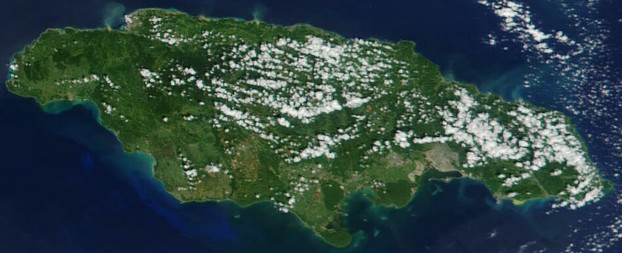
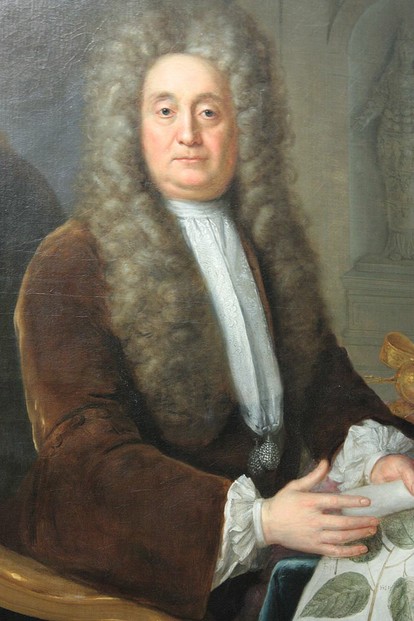
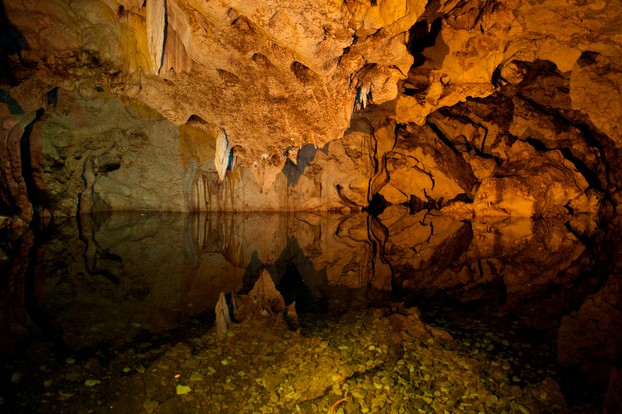
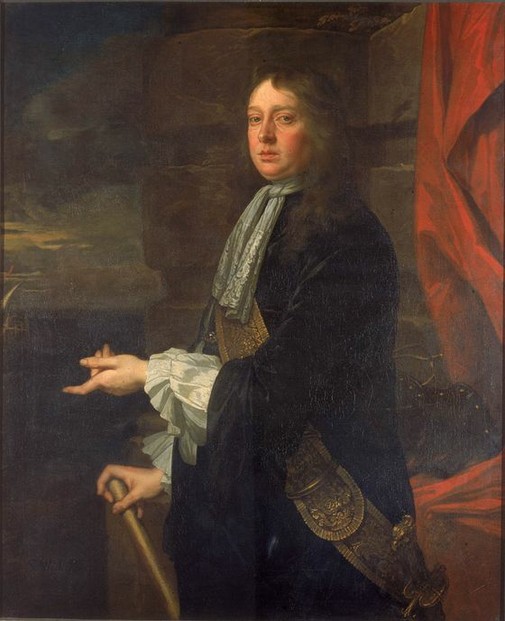
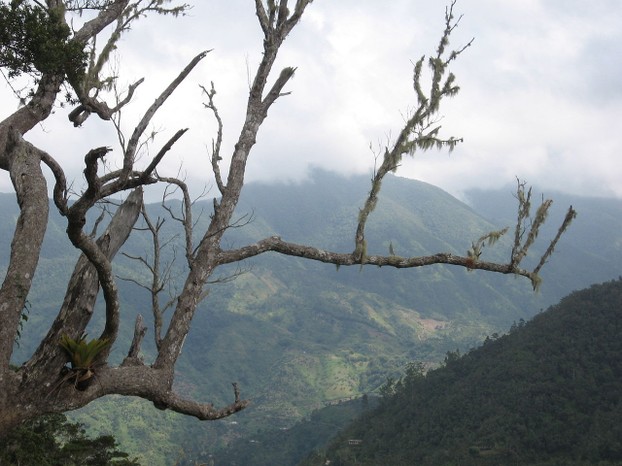
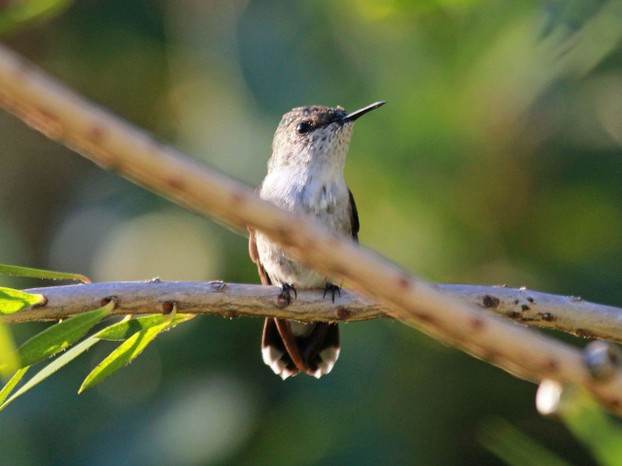
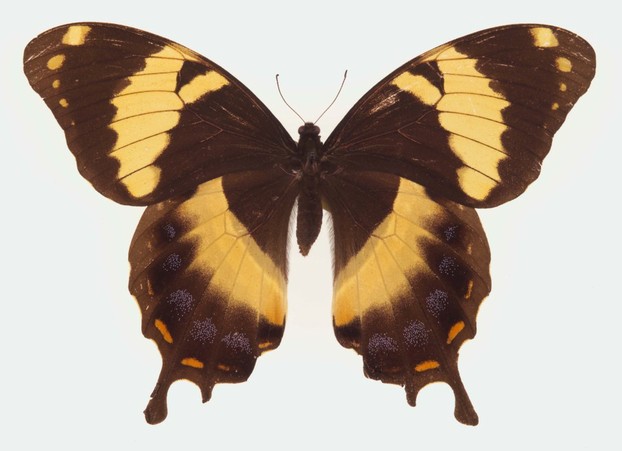
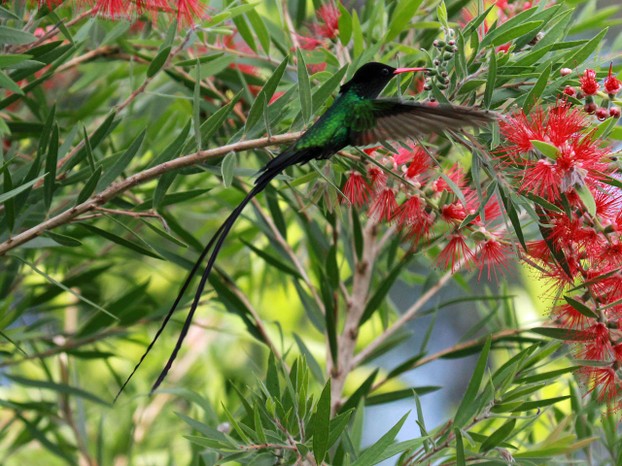
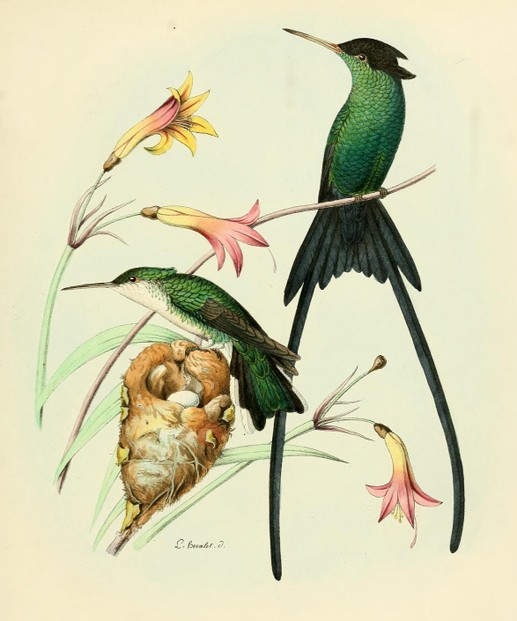
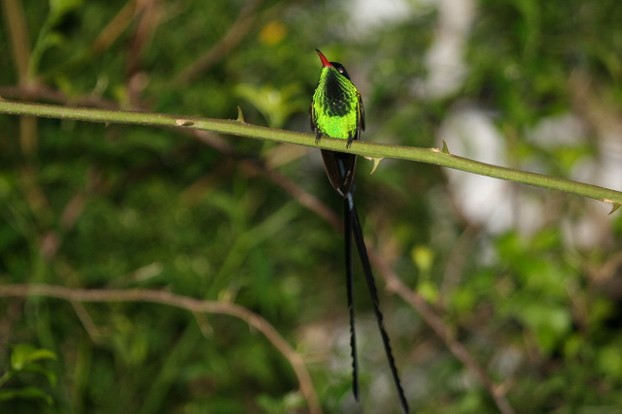




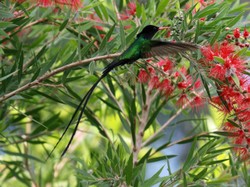

 Mailing Addresses for 2023 Form 4868 Extending 1040 and 1040SR April 15, 2024, Due Date4 days ago
Mailing Addresses for 2023 Form 4868 Extending 1040 and 1040SR April 15, 2024, Due Date4 days ago
 Mailing Addresses for 2023 Forms 1040 and 1040SR Filed in 20244 days ago
Mailing Addresses for 2023 Forms 1040 and 1040SR Filed in 20244 days ago
 Mailing Addresses for 2022 Form 4868 Extending 1040 and 1040SR April 18, 2023, Due Dateon 04/13/2023
Mailing Addresses for 2022 Form 4868 Extending 1040 and 1040SR April 18, 2023, Due Dateon 04/13/2023
 Mailing Addresses for 2022 Forms 1040 and 1040SR Filed in 2023on 04/13/2023
Mailing Addresses for 2022 Forms 1040 and 1040SR Filed in 2023on 04/13/2023

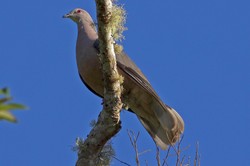
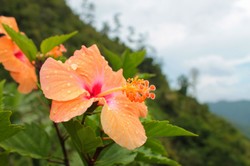
Comments